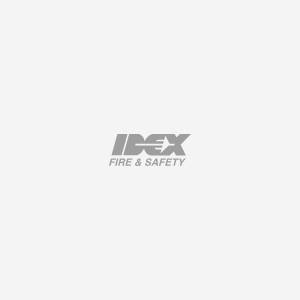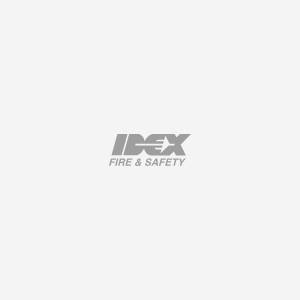
Getting Started with Foam
 .
.
Learn more about Foam
Request a FREE Demo.
We guarantee your 100% privacy. Your information will not be shared.
Checkout using your account
Checkout as a new customer
Creating an account has many benefits:

 .
.
We guarantee your 100% privacy. Your information will not be shared.